Buying a listed building: The dos and don’ts you need to know
Buying a listed property in need of restoration is not for the faint of heart, but follow these few simple steps to avoid becoming a nervous wreck(ing ball), says Arabella Youens.
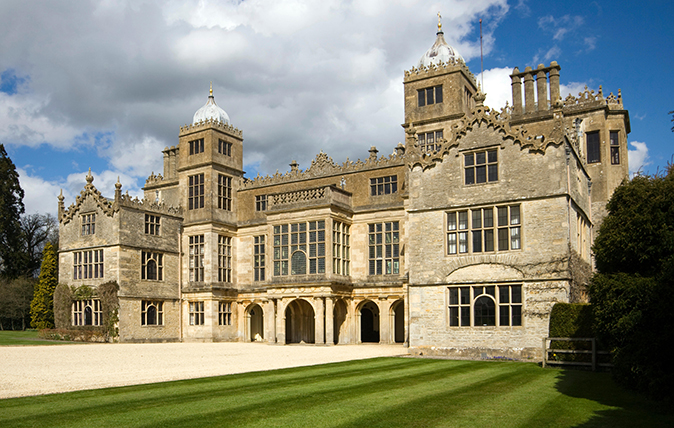

When the refurbishment of Buckingham Palace was put before MPs this year, details emerged of the work that needed to be done to avoid 'catastrophic building failure'. It included the replacement of 100 miles of 1950s electrical cabling and 20 miles of heating pipework, apart from anything else – the total bill is estimated to come to £369 million when work is completed.
Fortunately, most owners of listed buildings will not face such a vast bill – but the work currently being done to the Royal Family's most famous residence is a salutary lesson about keeping on top of things.
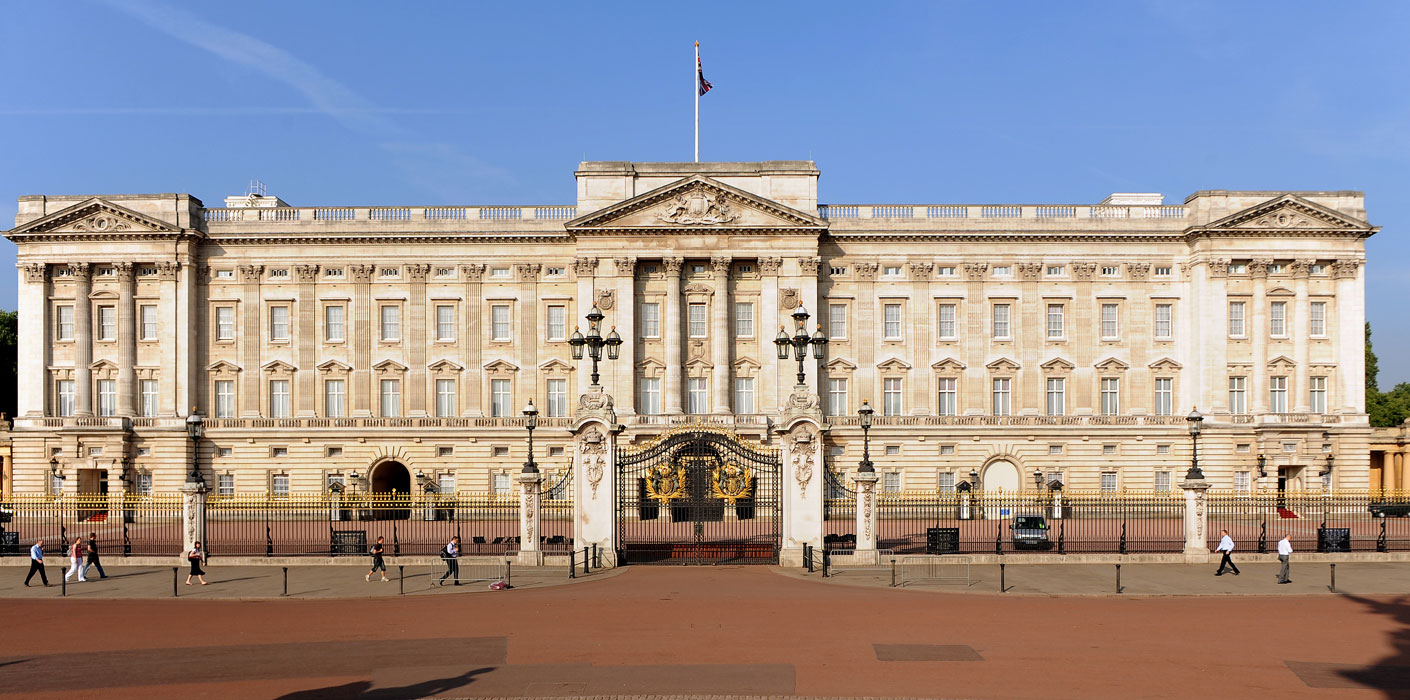
Listed buildings account for approximately 2% of England’s built heritage: 92% are Grade II, 5.5% are Grade II* and 2.5% are Grade I. Age is the key factor: anything pre-1700 is certain to be listed, and anything pre-1840 is highly likely to have been added as well. More modern buildings are on the list if they're believed to have particular significance or are under threat.
In practical terms for the householder, it means you’ll need listed-building consent in addition to planning consent for any changes. Don't mess around or hope to apply retrospectively once things have started: doing anything without it is a criminal, not civil, offence.
That's not to say that you should shy away from buying a listed building, even if it does need work – it's still your house, after all, and all sorts of things will get approved if they're handled sensitively. But there are some caveats to be digested before embarking on your project.
DO GET DECENT INSURANCE
One of the first to consider is insurance, which is often-forgotten. Most good household policies will include restoration, renovation and extension works up to £50,000 without the need to notify insurers, but once you exceed this level, you risk invalidating the policy.
‘Expert advice at the start of the project is essential,’ says Alec Moore of specialist insurance brokers Weatherbys Hamilton. ‘Insurers can provide advice for the protection and security of existing buildings and possessions.’
Sign up for the Country Life Newsletter
Exquisite houses, the beauty of Nature, and how to get the most from your life, straight to your inbox.
DO YOUR HOMEWORK
Stories of projects overshooting their budgets abound. ‘Restoration to a certain Grade II-listed country house recently started at £30,000 and is now £200,000 and counting. The owner discovered unexpected issues — many as a result of the listing,’ cautions Mr Moore.
One way to avoid the pitfalls when it comes to listed country houses is to read the description of the property on Historic England's National Heritage List. This details why the building was listed in the first place and will help to explain the elements that make it special.
‘Another step would be to review the planning history of the property,’ advises Richard Winsborough of City & Country, a developer that specialises in the restoration of listed buildings, including the King Edward VII Estate near Midhurst, West Sussex.
‘It’s worth consulting old Ordnance Survey plans of the area and searching the local archive office for documents and photographs, as this can reveal layers of history hidden within your property.’
DO CHECK IN WITH YOUR LOCAL COUNCIL
As each council varies in its approach to what is and isn’t acceptable in terms of extensions or renovations to listed houses, owners should look at the council website to see what’s been allowed elsewhere.
‘Your local Conservation Officer might be happy to discuss plans informally before you submit an application, too,’ says Mr Winsborough.
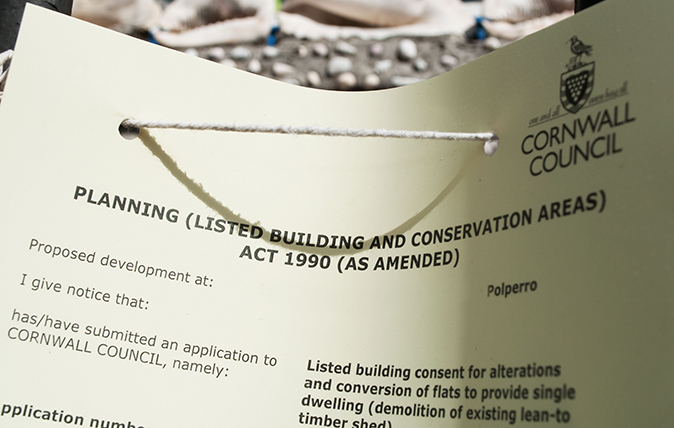
DON'T FORGET ABOUT MODERN NECESSITIES
Where owners have the opportunity, they should try to futureproof their house as much as possible. ‘It’s not always easy, but introduce as much light as you can; just like the Georgians, we crave light rooms and that trend is unlikely to change,’ says Rupert Lawson-Johnson of Strutt & Parker.
‘Lower floors in cottages to create taller ceilings and paint dark beams. Key among all things these days is to focus on the tech - it’s a lovely surprise to find a 16th- or 17th-century farmhouse with super-fast broadband.’
DON'T FORGET ABOUT YOUR NEIGHBOURS
Simple, essential. Alert – and butter up – your neighbours well in advance. It might not be an easy conversation, but it's one that'll be a lot harder if you leave it until a flotilla of bulldozers and delivery trucks being to arrive...
DON'T FORGET ABOUT THE GARDENS
Parks and gardens can be listed, but restrictions are not quite so stringent. If they're not in your case, consider tackling the landscaping first, while jumping through the hoops to secure planning permission for the house itself.
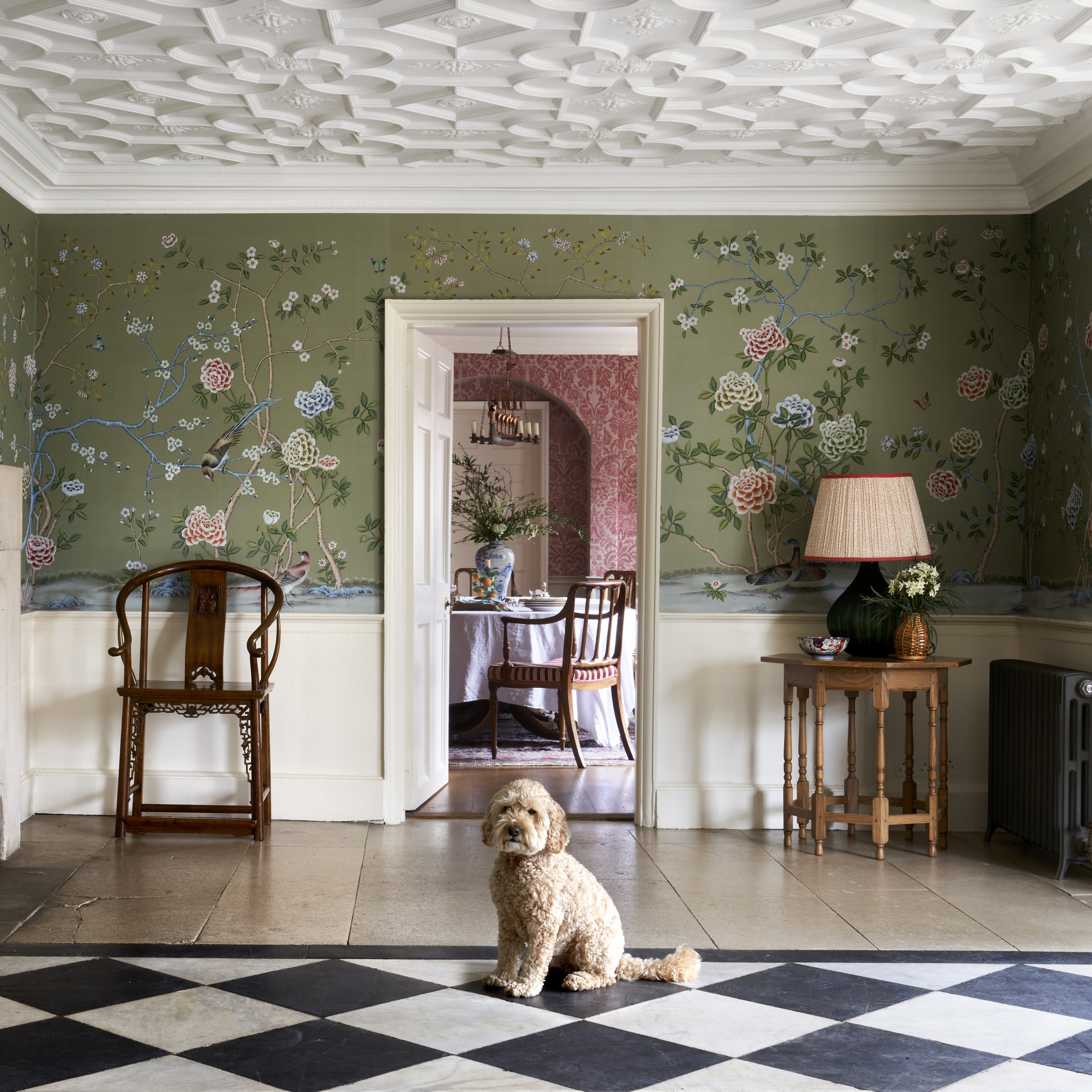
The Country Life Top 100 architects, interior designers, craftsmen, builders and garden designers in Britain
It's now six years since the original Country Life Top 100 was published, but the aim hasn't changed: we name
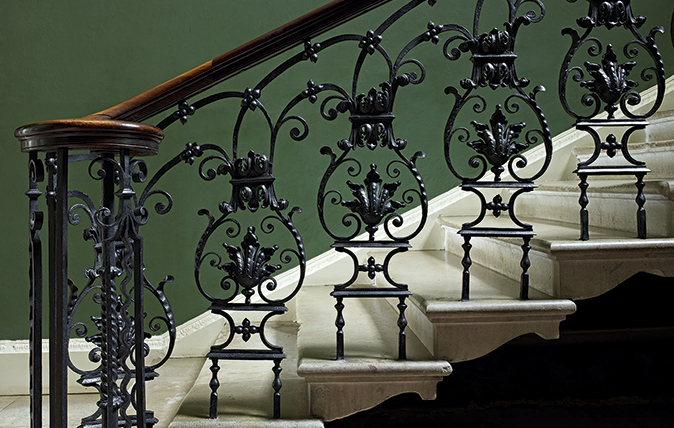
Curves and curlicues: 10 stunning staircases from the Country Life Archive
Iron can be wrought into the most delightful staircase balustrades. John Goodall chooses some favourites from Country Life’s outstanding archive.

Credit: Smart flat / apartment (Alamy)
How to dress a property to rent quickly, and at the best possible price
A bit of time and effort spent presenting your rental property can pay huge dividends, as Molly Biddell explains.
-
 Jungle temples, pet snakes and the most expensive car in the world: Country Life Quiz of the Day, April 14, 2025
Jungle temples, pet snakes and the most expensive car in the world: Country Life Quiz of the Day, April 14, 2025Mondays's quiz tests your knowledge on English kings, astronomy and fashion.
By James Fisher Published
-
 Welcome to the modern party barn, where disco balls are 'non-negotiable'
Welcome to the modern party barn, where disco balls are 'non-negotiable'A party barn is the ultimate good-time utopia, devoid of the toil of a home gym or the practicalities of a home office. Modern efforts are a world away from the draughty, hay-bales-and-a-hi-fi set-up of yesteryear.
By Annabel Dixon Published
